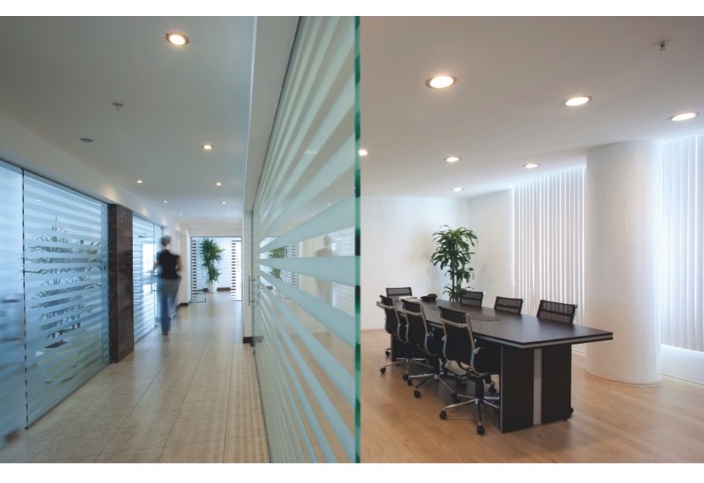LED Downlight Fixtures Explained

Apr 7, 2019
Downlights are all-purpose lighting as they are used as a component of a good lighting plan in most lighting projects. A downlight is most often used to provide general lighting in a specific space. But how do you pick the downlight that you need in your space? There are so many options out there.
Let’s compare a fixed LED downlight (LPDL) to a LED gimbal downlight. They are both dimmable, IC-and airtight-rated, quick and easy to install, and available in a wide range of colour temperatures, sizes, shapes and trim colours.
So then, in which circumstances should one opt for the LED gimbal downlight rather than the fixed LED downlight?
Let’s see what factors need to be taken into consideration.
Ceiling height
The higher the ceiling, the further the light source is from the surface you need to illuminate. When using a downlight with a narrower beam angle such as the LED gimbal (40°) downlight, the intensity of the light that hits the floor is greater than if you use a fixed downlight with a wide beam angle (120°). With a wide beam angle, light is dispersed into the air, leaving the surface area darker.

Task light applications
What needs to be illuminated in the room? Do you need general lighting or task lighting? Check out our blog article, “3 Basic Types of Lighting”.
If your light source has a narrow beam, it allows the light to be concentrated onto surfaces where the task is performed.
A wide beam will not allow light to reach the surface that needs to be illuminated. The wide beam option is preferred in ambient or general lighting.

Sloped ceilings
Do you wish to direct the light in a specific area? With the LED gimbal downlight, the module can be rotated 360° and tilted 24° downward to the area you want to illuminate.
With a fixed LED downlight, however, the direction of the light cannot be changed. Therefore, a specific area of a room or space cannot be illuminated.

Accent lighting applications
If you wish to focus on or highlight a specific area, the narrow beam of the LED gimbal downlight and its 24° tilting capability allows you to illuminate an accent piece in a space.
With a fixed LED downlight, the direction of light cannot be changed, thus lighting an accent piece is not possible.

Number of downlights needed
To obtain roughly the same amount of light in the same room you would need 10 gimbal downlights (36-foot candles) versus 18 fixed downlights (38-foot candles).

Final thoughts
What if I were to use fixed LED downlights instead of the LED gimbal downlight for high or sloped ceilings, or for task or accent lighting?
Using fixed downlights in these applications would result in one or more of the following issues:
• Light will not be concentrated on the area where you need it due to its wide 120° beam angle
• More fixed LED downlights will be needed for the same light output
• The cost of installation will be higher as there will be more downlights to install
• Fixed LED downlights will need to be installed closer together to get the same light output as a LED gimbal downlight, which may not be the look you want to achieve
When it comes to task lighting and accent lighting, leave it to the very capable LED gimbal downlights. Fixed LED downlights with a wide beam angle are best used to provide a uniform level of ambient lighting in a room or space.
Special note
All foot candle (fc) calculations are based on an 8′ ceiling, a 10’x10′ space, using 9 downlights (3,000 K, 7 watts). Calculations were estimated using Standard’s photometry tool: www.standardpro.com/tools/photometry-tool/ Bottom of Form
This article was first published online by Standard.




![Guide to the Canadian Electrical Code, Part 1[i] – A Road Map: Section 52 — Diagnostic imaging installations](https://electricalindustry.ca/wp-content/uploads/2022/11/Guide-CE-Code-2-768x432.png)





![Guide to the Canadian Electrical Code, Part 1[i] – A Road Map: Section 52 — Diagnostic imaging installations](https://electricalindustry.ca/wp-content/uploads/2022/11/Guide-CE-Code-2.png)






